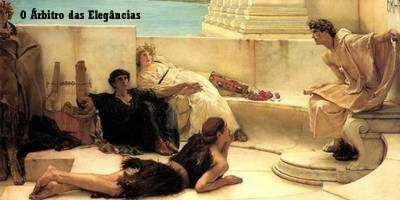London Calls
Some albums evolve into classics. But The Clash’s London Calling was born that way. At least that’s the evidence offered by 21 recently unearthed demos that Mick Jones, Paul Simonon, Topper Headon and the late Joe Strummer recorded on a Teac four-track in spring 1979 at Vanilla, a makeshift rehearsal space housed in the back room of a Pimlico, London car-repair shop. These raw, previously unreleased performances are the bonus-track bonanza of Epic/Legacy’s expanded two-CD London Calling: 25th Anniversary Edition, due September 21. The original 19-track album, a double-LP punk landmark that Rolling Stone proclaimed the best album of the ’80s, will be presented on Disc One (a Legacy spokesman tells ICE that the disc has been mastered from the same upgraded source used for the 2000 reissue). "The Vanilla Tapes" — which include work-in-progress snapshots of 15 of the final album’s tunes and five songs that never resurfaced — fill Disc Two. A bonus DVD then features the videos for "Train in Vain," "London Calling" and "Clampdown," plus a new 40-minute "making of" documentary created by director Don Letts.
Bubbling under the tape hiss, distortion and other analog anomalies is riveting proof that The Clash’s melding of British punk and reggae with vintage American rockabilly and blues was an organic creation rather than a shotgun marriage. Instrumental rough drafts like "Paul’s Tune" (the rock-steady blueprint for "The Guns of Brixton"), "Working and Waiting" (aka "Clampdown") and "Up-Toon" (which would materialize into the horn-fueled "The Right Profile") sound fully formed.
Rounding out "The Vanilla Tapes" are unissued performances that Jones says he barely remembers attempting: the raging "Heart and Mind," about the inner conflict of right and wrong ("We didn’t like it much," Jones recalls, "but it sounds better now than it did back then"); a reggae number called "Where You Gonna Go (Soweto)" ("Funny that one — we don’t know who wrote it," Jones says. "We might have"); a tongue-in-cheek country weeper called "Lonesome Me"; a loping cover of Bob Dylan’s "The Man in Me" ("That’s from New Morning, my favorite Dylan album"), modeled after an arrangement by British reggae heroes Matumbi; a warm-up romp through 1977’s "Remote Control," which the group had ceased performing in concert; and a blues instrumental titled "Walkin’ the Slidewalk."
The bonus DVD’s documentary, titled The Last Testament — The Making of London Calling, features interviews with all four band members. But the most revelatory material is previously unseen black-and-white footage of the eccentric Stevens (best
known for his work with Mott the Hoople and Spooky Tooth) running amok in the studio, throwing chairs and taunting the band while tape is rolling. "We’ve talked about that before, and nobody believed us," Jones says. "They thought we were over exaggerating, but now they’ll know we were under exaggerating. We were going so fast, things like that could happen without you even noticing. But it got us fired up really. Much of what we learned from London Calling was about recording in the moment. Guy instilled in us that feeling that every time you walked in the studio, you could be putting the thing down that would be the one."

0 Comments:
Enviar um comentário
<< Home